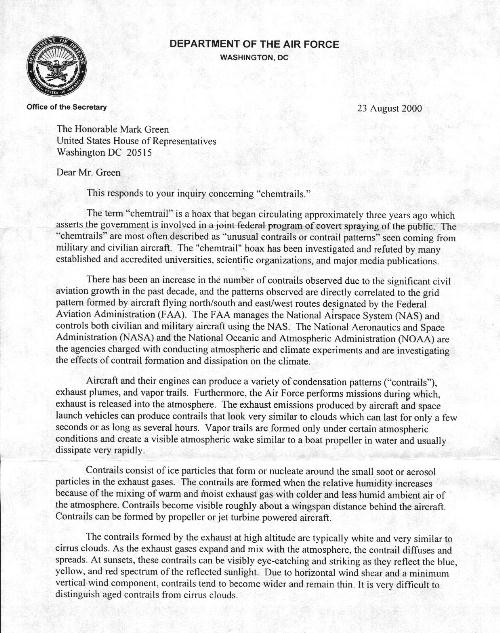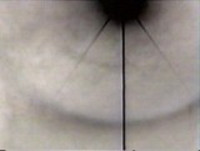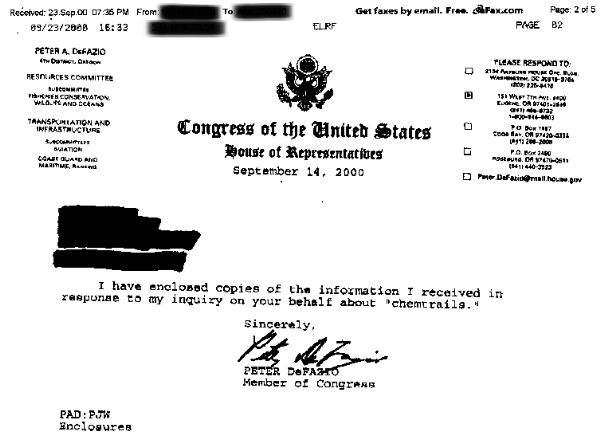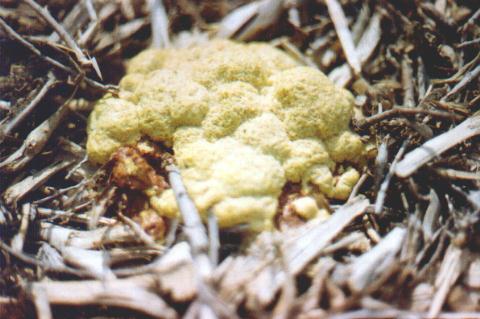
EIGHT CONDITIONS
Further exploring the need for increased testing of rainwater for pH is the subject of this paper. Eight conditions for identifying components of aerosol particulates are presented as hypotheses that if proven true will help identify these particulates being salts and trace metals such as barium and strontium.











